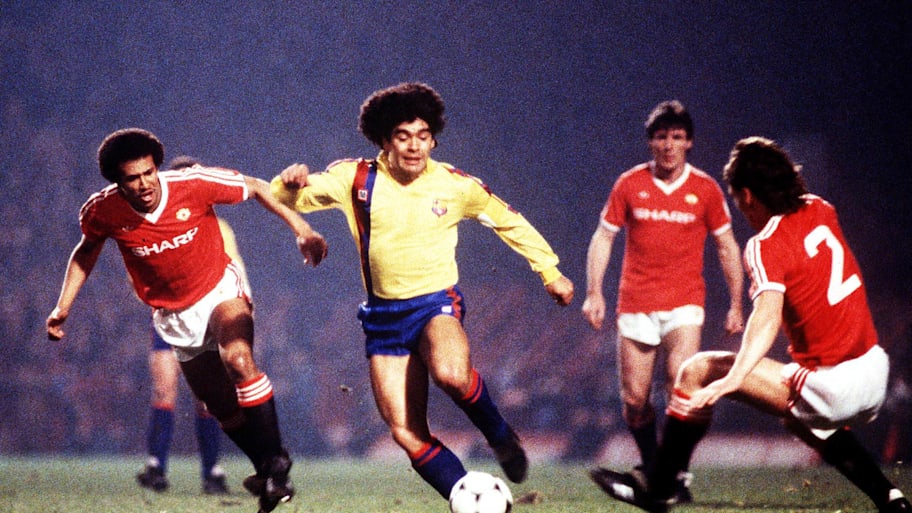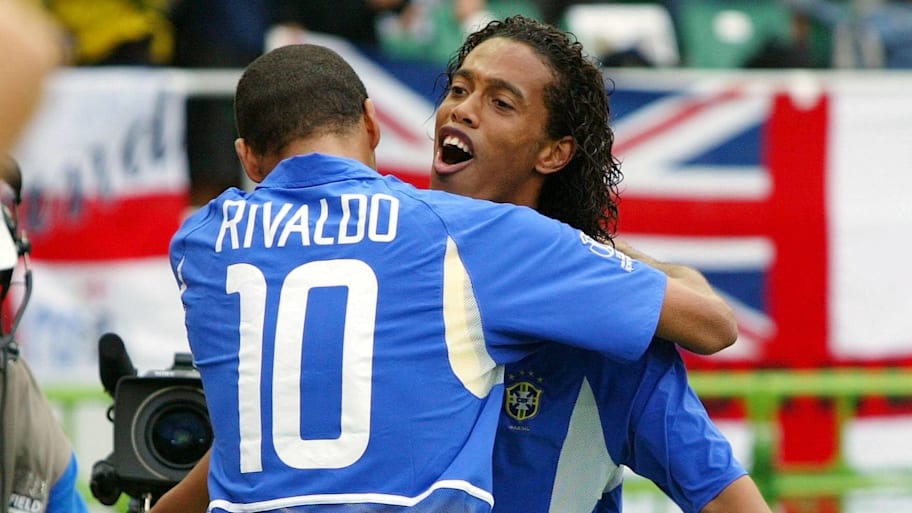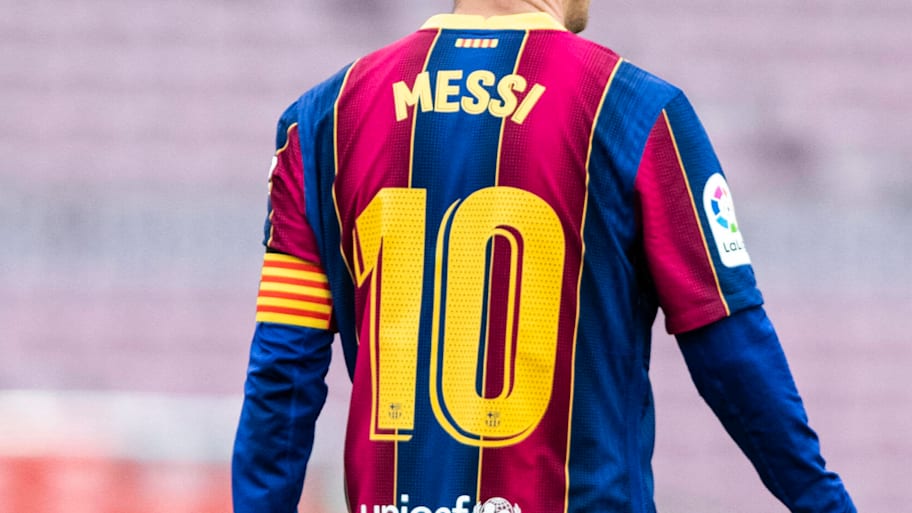There are fewer shirts more iconic than Barcelona’s No. 10, primarily because of the endless list of greats to have donned the strip in Catalonia.
The previous wearers read like a Hall of Fame class, but there have been a few who’ve struggled to carry the weight.
The most recent incumbent, Ansu Fati, seemed destined to be held in a similar light to those that came before him when Barcelona handed him the minor responsibility of succeeding none other than Lionel Messi as Barça‘s No. 10. However, injuries cruelly prevented Fati from fulfilling the distinct promise manifested at the start of his senior career, and a reset beckons for the 22-year-old in Ligue 1 with Monaco.
One iconic shirt number, two incredible young talents.
— Sports Illustrated FC (@SI_FootballClub) July 1, 2025
Jamal Musiala is now officially Bayern Munich's new No.10.
Next up: Lamine Yamal... pic.twitter.com/uM7CWnomxf
Fortunately, Barcelona didn’t have to wait very long for their next once-in-a-generation talent to emerge, with Lamine Yamal’s otherworldly brilliance ensuring Fati’s swift demise never hung over the club.
If you’re up to date with Yamal’s social media, you might already have a decent idea of Barça’s history with their No. 10 shirt. However, Yamal, understandably, didn’t trace its heritage back to the days of Henry Morris at the start of the 20th century.
Transfermarkt curiously lists Morris, described as an "Anglo-Filipino football pioneer," as Barcelona’s first-ever No. 10 in the 1901–02 season—just a couple of years after the club’s formation. However, the first record of numbered jerseys doesn’t come until 1911. Thus, it’s likely that another Filipino, Paulino Alcántara, was Barcelona’s first wearer of the club’s No. 10 shirt. The diminutive forward is recognized as one of Barça’s greatest-ever players, scoring 395 goals in 399 matches during two hugely successful spells.
🇵🇭 The Philippines have probably produced one of the world's biggest Forgotten Football Players.
— Forgotten Football Clubs (@_forgottenfooty) June 21, 2024
Paulino Alcántara was born on 7 October 1896 in the Philippines. He made his debut for Barcelona at the age of 15 years old, making him the youngest player to play and score for them… pic.twitter.com/V1ARVvROvd
Alcántara was thus a fitting trailblazer, but he probably wasn’t required to don the number regularly. Squad numbers weren’t introduced to Spanish football until 1947, so the first true great to don the shirt weekly was Hungarian superstar László Kubala.
Kubala is perhaps less heralded than the other majestic countrymen of his time, including Ferenc Puskás and Sándor Kocsis, but he has to be recognized as one of the finest talents of his generation. He scored 281 times for the club, and, towards the back end of his career, teamed up with 1960 Ballon d'Or winner Luis Suárez and Evaristo to dominate Spain in the late 50s. The aforementioned pair also wore the feted shirt.
There was a prolonged lull post-Kubala, who left in 1961. Over the next 22 years, there were 18 different Barcelona No. 10s, but the majority failed to ascend to the lofty realm the shirt had thrust bygone superstars into. The most notable wearer during the wilderness years was Juan Manuel Asensi, a creative midfielder who spent a decade with the club and racked up almost 300 league appearances. Asensi also notched 41 caps for Spain.

Then came Diego Maradona. The then-world-record arrival was already synonymous with those two digits on the back of his shirt, but his relatively brief spell with the club was laced with genius and violence. His best work was saved for Naples and the national team.
Steve Archibald became the first British Barça No. 10 in 1984, and the Scot enjoyed tremendous success during his debut season as the Blaugrana claimed their first La Liga title in 11 years. However, Archibald’s influence gradually waned, and he was out after four years.
Holding midfielder Pep Guardiola briefly played around with the shirt in 1991–92, then it was the turn of the 90s icons. Johan Cruyff’s ’Dream Team’ was laden with megastars despite the foreign player quotas, and the club found a way to appease the egos of Romário, Hristo Stoichkov and Gheorge Hagi by each giving them brief stints as No. 10.
The millennium closed out with Jari Litmanen as the shirt’s beholder after Giovanni had become the longest incumbent since Archibald. The mightily talented Litmanen struggled to settle in Barcelona, however, and the shirt was passed over to Rivaldo, who most certainly did it justice.

The Brazilian outlasted Louis van Gaal, who was keen on deploying out wide, and Rivaldo’s change from No. 11 to 10 depicted a shift in significance. He was the main man in Catalonia, and his first season with the No. 10 was perhaps his best with the club. Rivaldo scored 36 times in all competitions and recorded ten assists in La Liga. His final-day hat-trick against Valencia is remembered as one of the best in Spanish football history, as the trio of strikes, which included an 88th-minute overhead kick, fired Barcelona into the Champions League.
Juan Román Riquelme seemed a fitting successor when Rivaldo left in 2002, but the Argentine was merely keeping the shirt warm for another samba star, Ronaldinho. The distinct Brazilian playmaker simply was Barcelona for a period of time, and perhaps the finest No. 10 in the club’s history until, after five years, they parted ways and ’Dinho’s iconic shirt was handed to a burgeoning Lionel Messi.
Need we say more? It’s fair to say Fati didn’t adequately follow up the GOAT’s all-conquering career while parading around Camp Nou with ’10’ on his back. Who could?
Barcelona Number 10 Shirt History: 21st Century
READ THE LATEST BARCELONA NEWS, TRANSFER RUMORS AND MORE
This article was originally published on www.si.com as History of Barcelona's No. 10 Shirt: Lamine Yamal Joining Pantheon of Legends.
